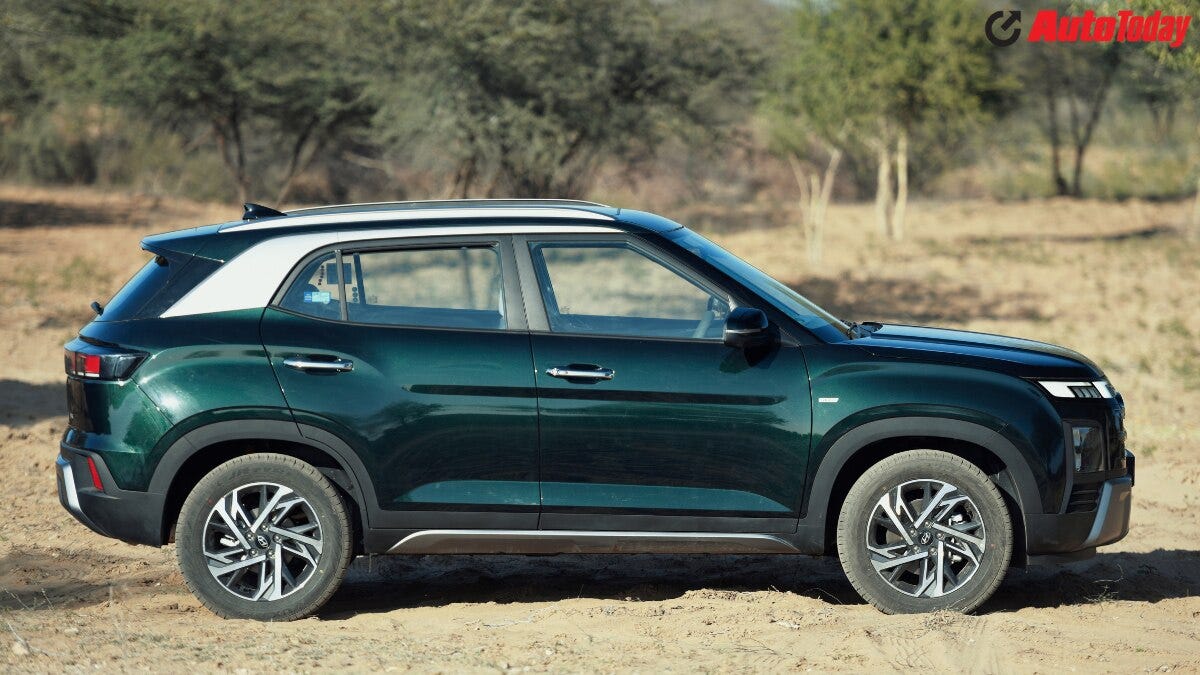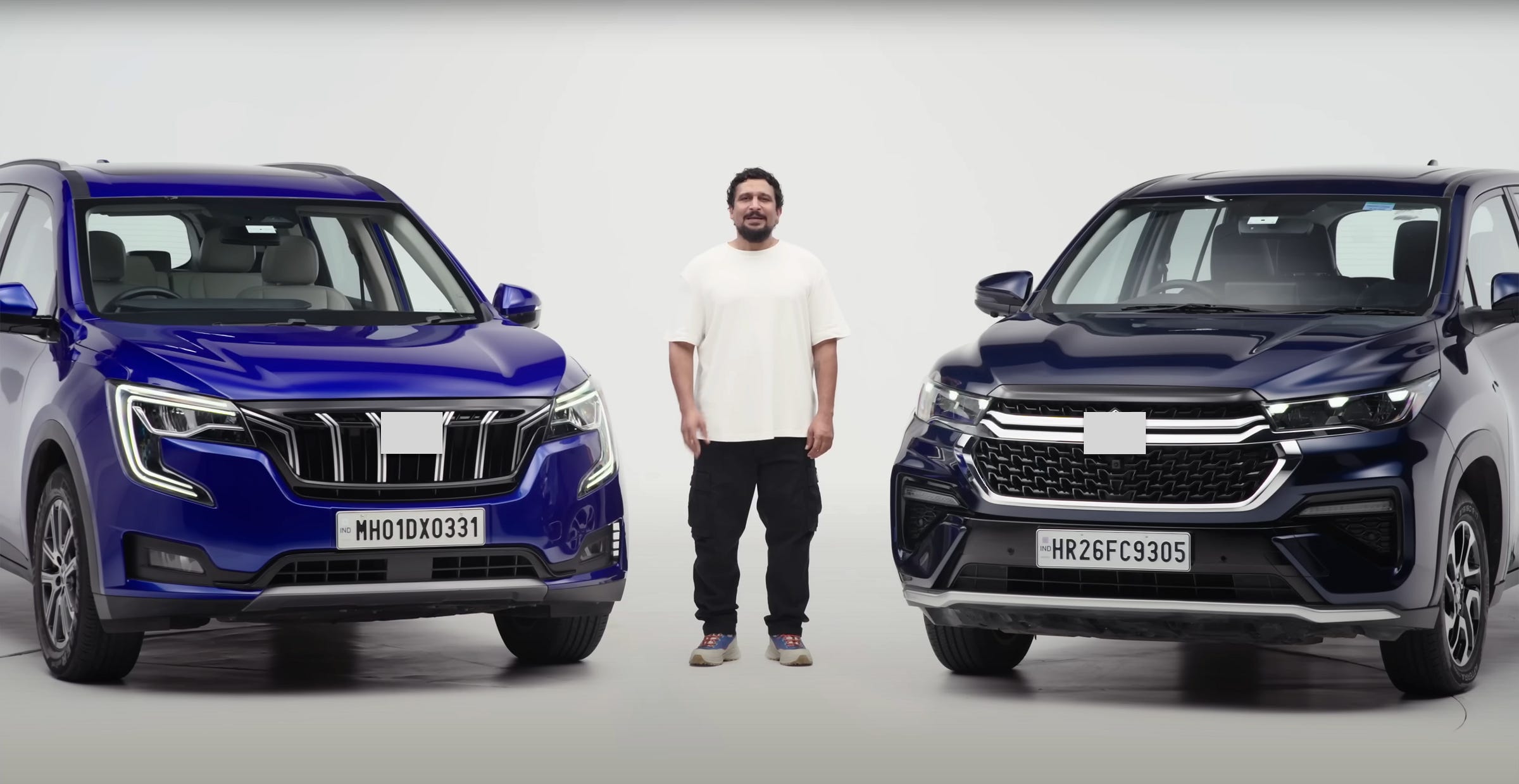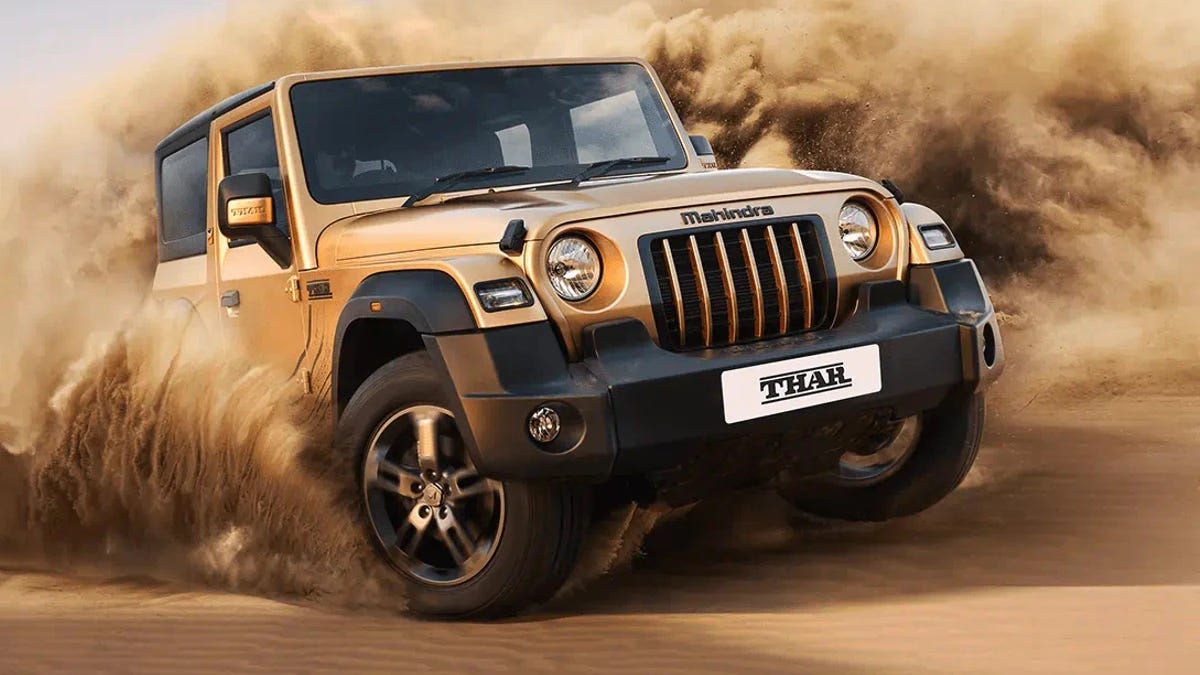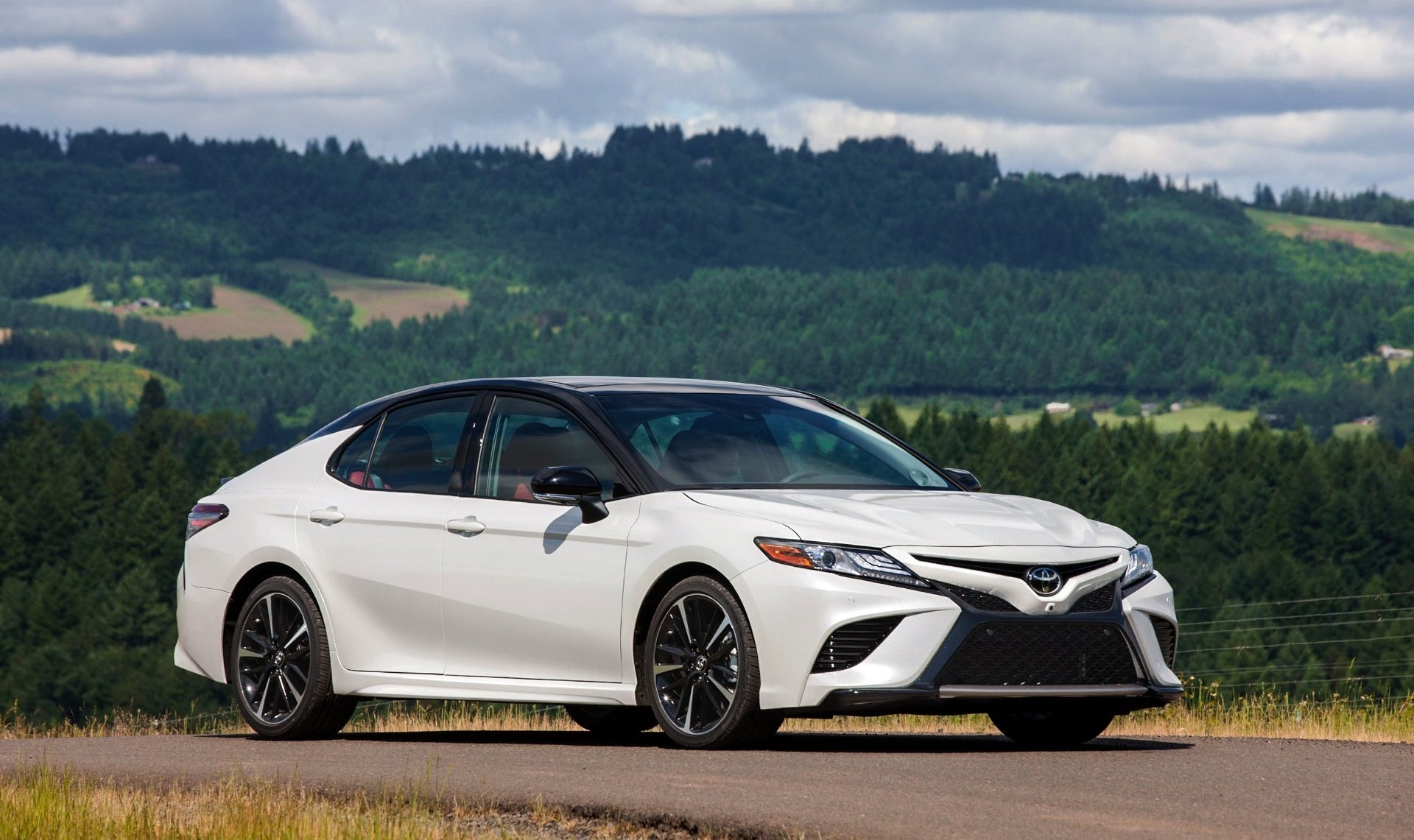Types of Cars in India
These are the types of cars available in the Indian market:
Crossovers
Crossovers are the middle ground. If you were to average out all the types of cars available, you’ll get a crossover. They have more space than a hatchback or a sedan, but can seat fewer than an MPV. They’re easier to park than an MPV, but not as easy as a hatchback. They’re more sporty to drive than an SUV, but not so much as a sedan, which can switch lanes or handles curves at high speed, stably. Crossovers are costlier than a hatchback, but cheaper than an SUV. They consume more fuel than a hatchback or a sedan, but less than an SUV.
As you can see, crossovers are the middle ground in all aspects. And the middle ground works best for most people. Crossovers are an excellent purchase. The top two cars on my shopping list are crossovers: the Hyundai Creta and the Renault Kiger.
In India, crossovers are wrongly marketed as SUVs. As you can see, they look like SUVs, so they can get away with it. So when you hear “SUV”, it probably means, “crossover”.
MPV
When you hear “MPV”, it just means it has 3 rows of seats, where the last row can be folded if you have big items to carry in the boot. This is why it’s called a Multi-Purpose Vehicle — you can either carry 7 people or 5 people with more luggage. MPVs are slightly higher and longer than crossovers.
MPVs are not a crisply defined category. In fact, some SUVs like the XUV 700 also have three rows of seats, making the MPV a poorly defined category. In this photo, can you tell which is the MPV?
I can’t. “MPV” is an a very elastic term1. In fact, some manufacturers don’t even call their MPV an MPV! Kia calls their MPV, Carens, a Recreational Vehicle, whatever that means. Hyundai calls their MPV, Alcazar, an SUV. Which makes sense since it’s just an elongated Creta, built on an elongated version of the same platform.
MPVs make sense for people who have a big family, lots of luggage, or big items like a bicycle to carry. If not, a crossover (or other type of car) would suit you better.
SUVs
These use a body on frame construction and are not front-wheel drive. As compared to crossovers, they can go off-road, and have greater towing capacity. They’re durable and last longer.
But, on the other hand, they have more body roll, so you have to be careful when changing lanes or driving on a curve. The suspension is stiffer, so you feel every vibration and undulation in the road, as opposed to the best crossovers like the Creta, which feel like they’re floating above the road. In SUVs, tight turns feel rough because of the rear-wheel drive. SUVs cost more, and have worse fuel economy.
Considering the cons, an SUV is the right choice only for a specific segment of buyers, those who offroad and want to tow heavy loads, those who live far from roads, and those who want their car to last 15+ years. In fact, many manufacturers have shifted from body on frame to unibody. Earlier Innovas were body-on-frame, but the latest, the Hycross, is unibody. Similarly, earlier Mahindra vehicles like the Scorpio and the Bolero were body on frame, while the recent XUVs are all unibody. There are only a few body on frame SUVs available in India, like the Mahindra Scorpio N and the Toyota Fortuner.
Old jeeps
These are the vehicles we had in the 90s, which we called jeeps. With a lowercase j, not the US brand Jeep.
These are angular, not very long, and very high. They’re more SUV than SUVs.
Sedans
When I think of a car, a sedan is the body type that comes to mind. Sedans have a low height, and are not suitable for people with long legs. I can’t stretch my legs enough, so I have to sit cramped, with the steering wheel between my legs rather than in front of. In a sedan, my legs are in front of me, rather than below me. I don’t like the former — it presses my stomach, making me feel uncomfortable. Sedans are also unsuitable for tall people, since my head almost scrapes the roof, making me feel claustrophobic. On the other hand, sedans look sleeker and more aerodynamic:
as compared to the muscular crossover (scroll up to the Crossover section). Sedan suspensions are smooth, as compared to crossovers, some of which have smooth suspensions and some not. Sedans also have less wind noise.
Thanks to Ajo Varghese for validating this classification.
Indian MPVs are watered-down versions of foreign MPVs, which are substantially different from other types of cars:
Notice how foreign MPVs are 5.2 - 5.3m long, while Indian MPVs are just an elongated crossover.
Further, foreign MPVs have a lower ground clearance of 17 cm or less (in most cases), while Indian MPVs all have a ground clearance of 18 cm or more, similar to a crossover. A lower ground clearance gives you more space inside the vehicle.
Foreign MPVs let you move the middle row back, at which point there’s enormous legroom, unlike Indian MPVs, none of which let me stretch my legs fully in the middle row. The low ground clearance means that the boot starts at a very low height up from the road, giving you a lot of vertical space. Further, you can move the middle row of seats forward if you want even more space.
Foreign MPVs have sliding doors for easier entry and exit.
Indian MPVs have a flat bonnet:
while foreign ones have a sloping bonnet:
Finally, foreign MPVs are the most comfortable vehicle — they’re quiet and smooth, and the suspension can absorb bumps in the road. By contrast, I don’t find Indian MPVs to be noticeably quieter or smoother than non-MPVs.










